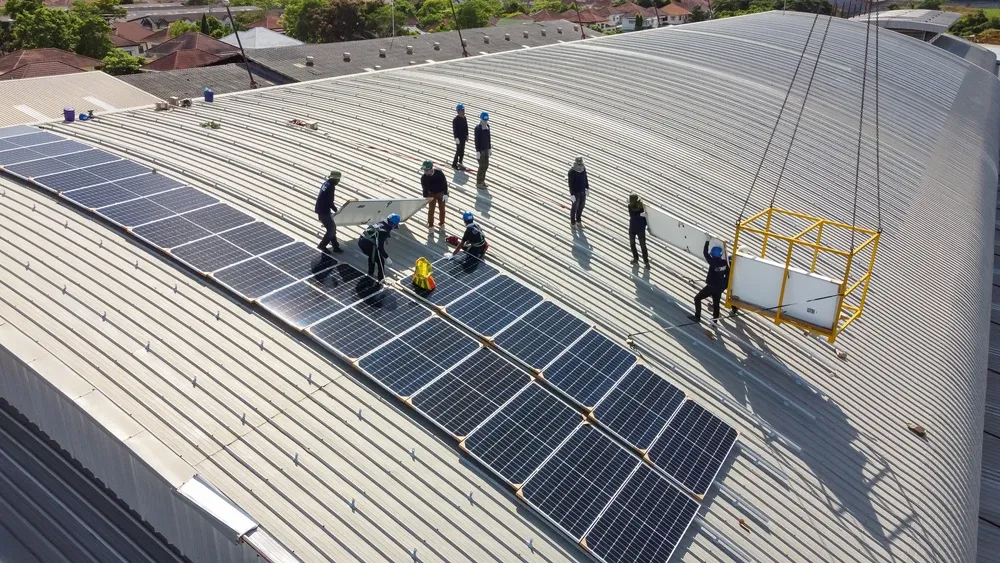Effects of Renewable Energy Sources Course
Introduction:
There has been tremendous growth in the use of renewable energy sources due to stricter regulations associated with the polluting nature of conventional sources and advances in power generation systems. This shift toward renewable energy resources explains the increase in investment in renewables worldwide.
However, the transition to a power system that relies more on renewables does not come easily. This change presents challenges, particularly in power system operation and electricity supply, as the amount of energy produced is determined by weather conditions.
This Effects of Renewable Energy Sources course focuses on the computational methods necessary for the reliability evaluation of power generation systems whose load is primarily derived from renewable energy sources.
Objectives:
At the completion of this training course on Effects of Renewable Energy Sources, students will be expected to:
- Recognize particular areas of concern in renewable energy plants that involve probabilistic analysis and assessment
- Understand computational performance calculation methods for the reliability and performance of energy systems with the inclusion of renewable energy
- Identify basic performance indicators for assessing the functional performance of power systems
- Perform evaluation studies
- Assess and recommend methods for improving power systems integrated with renewable sources
Training Methodology:
- Lectures
- Case studies
- Group discussions
- Problem-oriented work
- Practicum
Course Outline:
Module 1: Introduction and General Issues
- Fundamental concepts and principles of probabilistic modeling and reliability assessment methods
- Planning problems associated with low-emission generation systems and renewable energy sources in power systems
- Design features of thermal power plants and their purpose in traditional power generation
- Main characteristics of renewable energy commercial generation facilities
- Operational benefits of renewable energy sources, including enhancement of ancillary services and the importance of storage
- Approximate methods for the operational analysis of renewable energy systems
Unit 2: Thermal Power Plants
- Generation modeling of thermal power stations
- Generation modeling of cogeneration plants (large and small)
- Generation modeling of hydroelectric power plants (large and small, including pumping and non-pumping types)
- Reserve guidelines
- Implementation of demand-side management programs
- Critical operations reliability for normal power generation
Unit 3: Integration of Wind Generation Installations
- Emphasis on representing the stochastic nature of generation rendering
- Wind generation forecasting using equivalent daily curves
- Wind dispatch compatibility with the system load profile
- Wind generation withdrawal events
- Capacity credit for wind generation
- Integration of operational expenses related to wind generation
- Wind generation as a source for future power networks with high penetration levels
Unit 4: Integration of Other Renewable Energy Installations
- Stochastic distribution and modeling for solar installations
- Projections of solar generation using equivalent daily curves
- Generation output consistency with system and load demand requirements
- Costs related to incorporating solar generation into existing resources
- Dependability of photovoltaic power generating sources and interconnecting circuits
- Biogas production
- Advantages of using heavy renewable sources, such as battery energy storage systems
Unit 5: Operational Assessment of Power Generation Systems
- Modeling of energy system operation
- Reliability indices and system generation parameters
- Performance measures calculation
- Spinning reserve criteria and demand response program ideas
- Power systems in synchronization arrangements
- Power systems operating in relative isolation


















